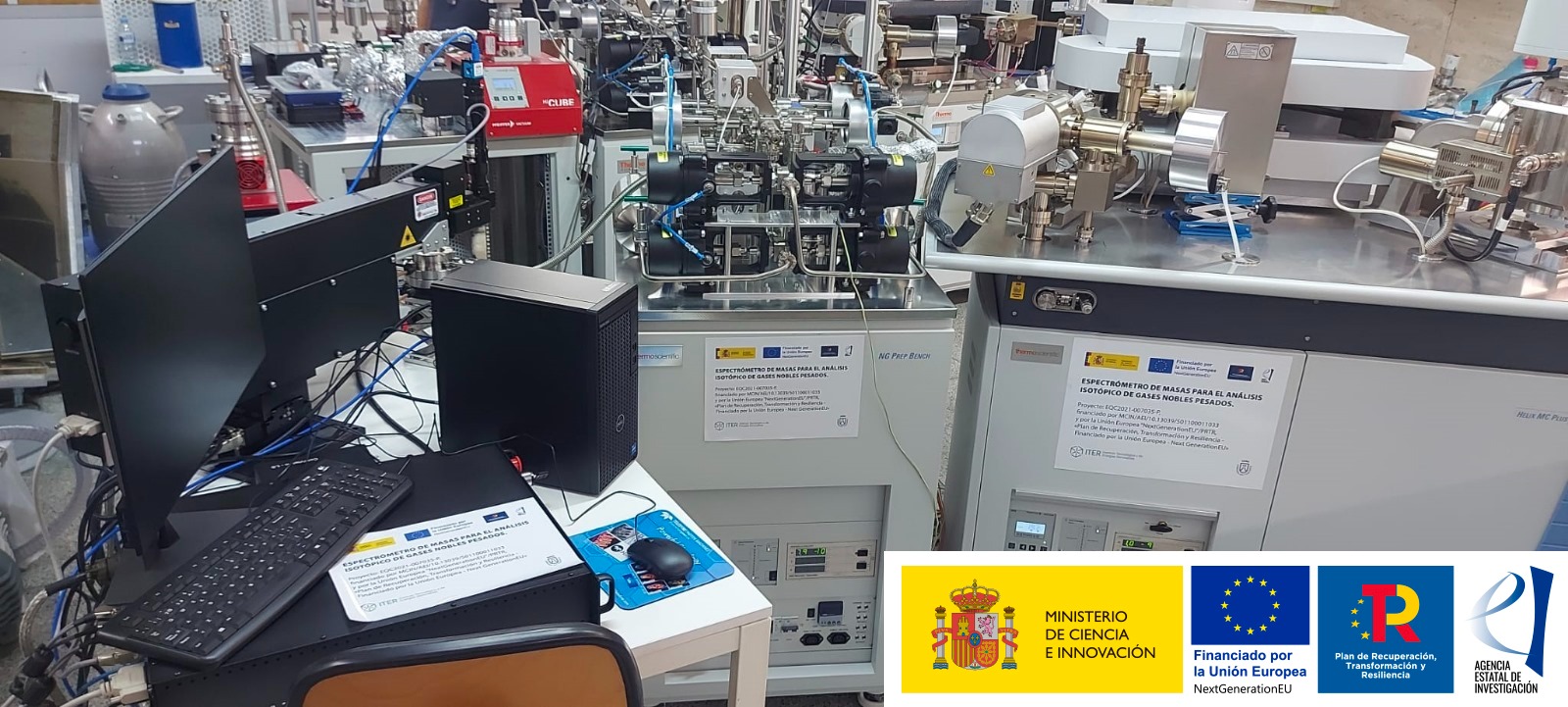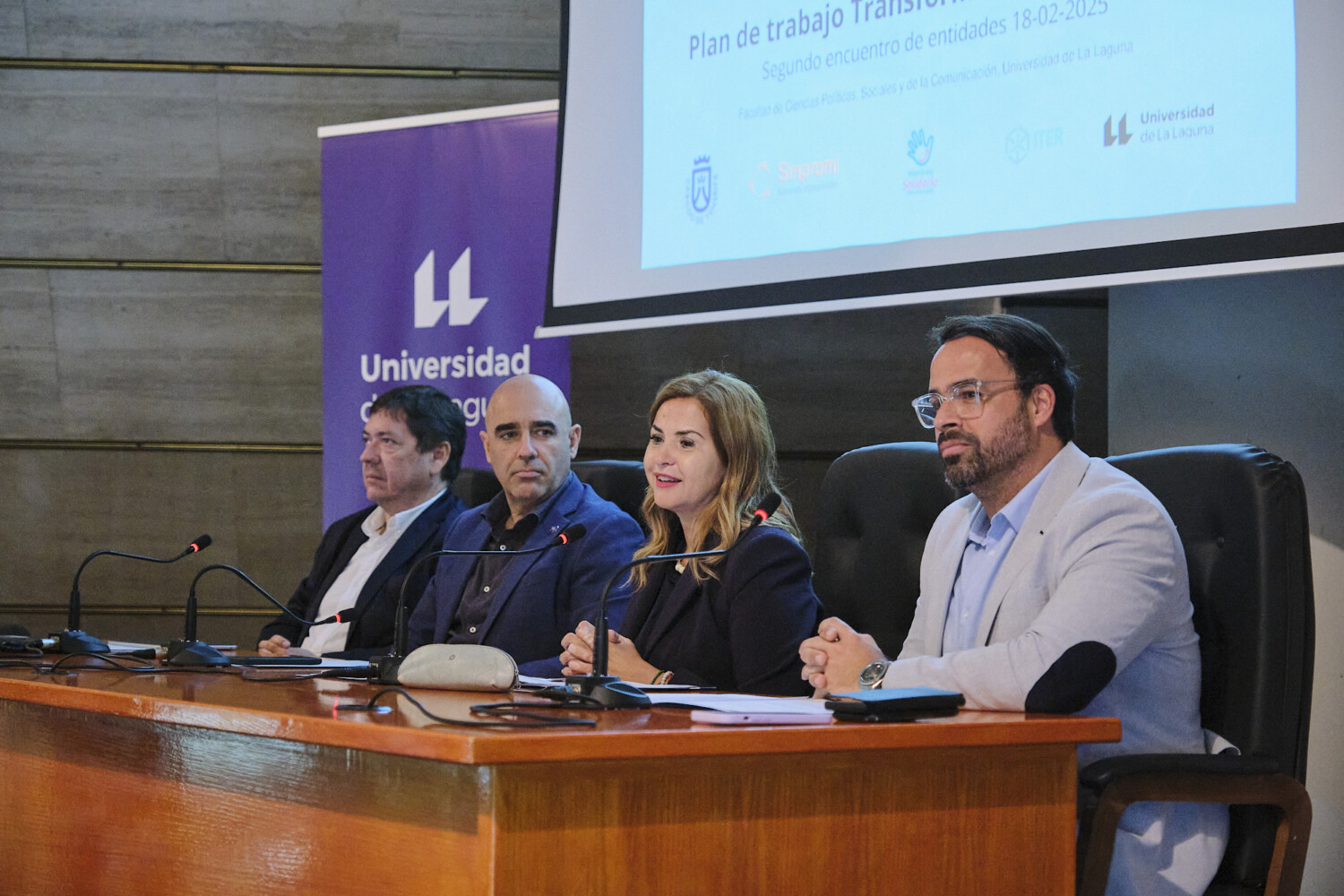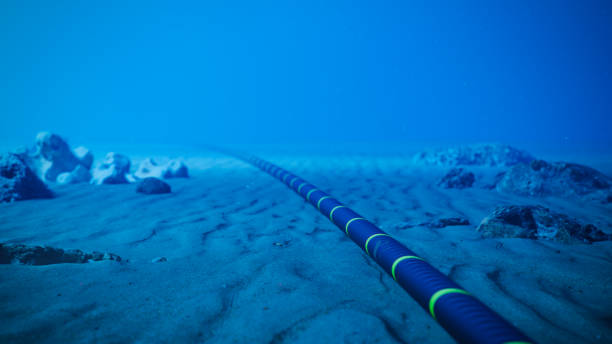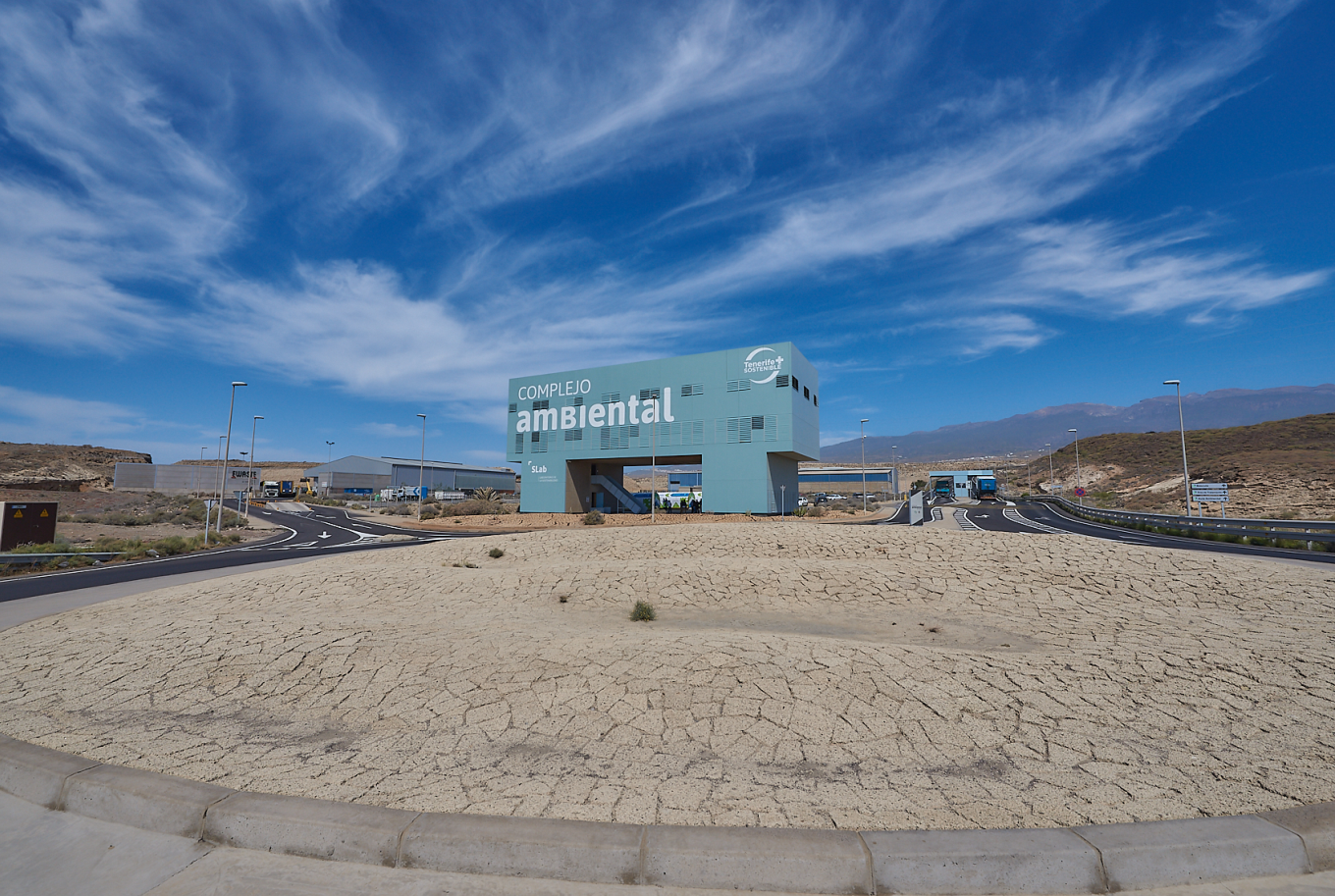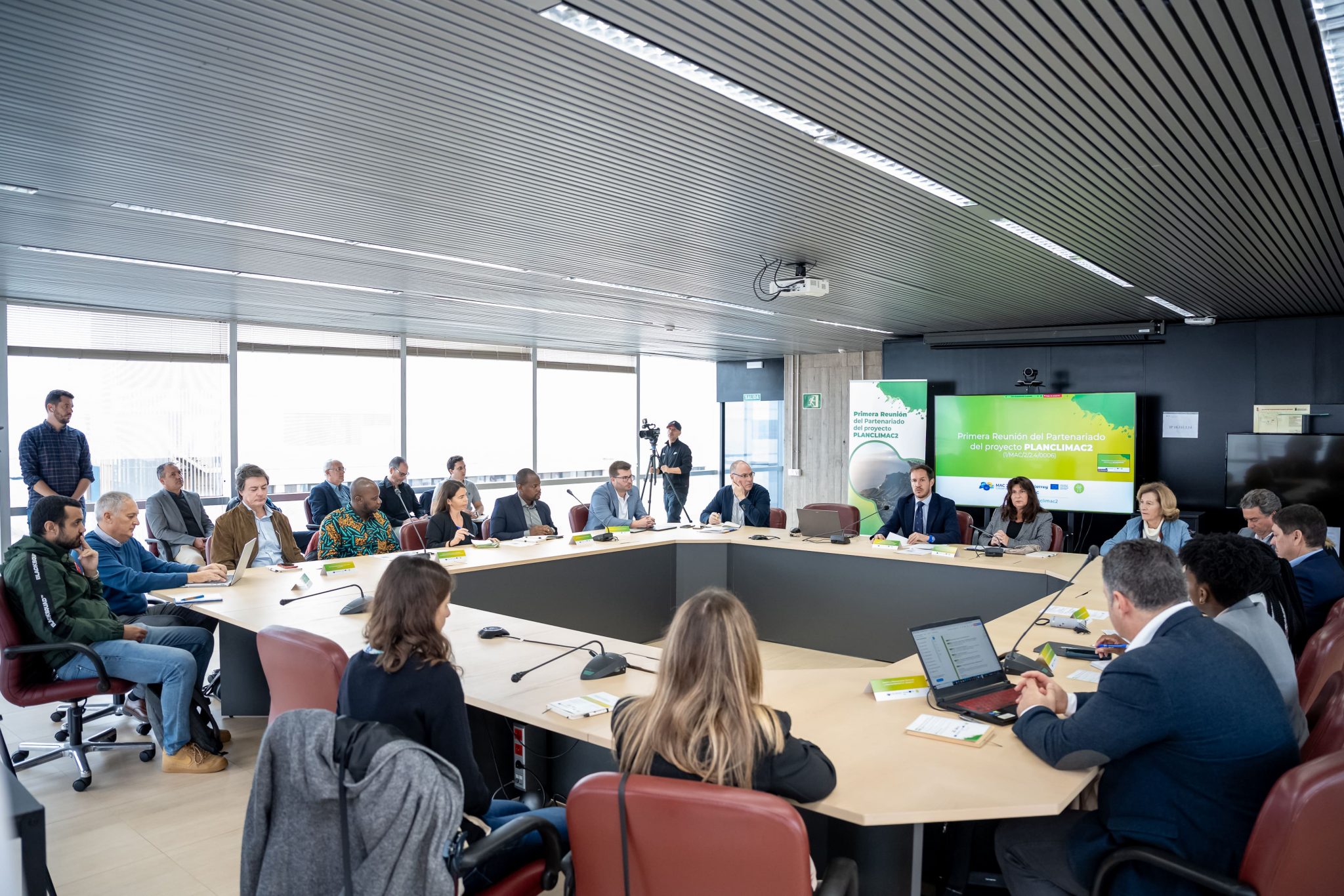With this new equipment, ITER’s geochemical laboratory is consolidated as the most complete in the country for chemical and isotopic analysis of noble gases.
The Instituto Tecnológico y de Energías Renovables (ITER), an entity dependent on the Cabildo Insular de Tenerife, has marked a significant milestone in the scientific field by completing the installation and commissioning of the first multi-collector mass spectrometer for the isotopic analysis of noble gases (NGMS; Helix MC Plus) in Spain. This scientific instrumentation has been acquired through project EQC2021-007035-P, funded by the Ministry of Science and Innovation (MCIN/AEI/10.13039/501100011033) and the European Union in the framework of the EU Next Generation EU Recovery Plan and the Spanish Recovery, Transformation and Resilience Plan (PRTR).
This is a magnetic sector mass spectrometer used for the analysis of the isotopic composition of small noble gas samples, especially designed for the analysis of heavy noble gas isotopes (Neon, Argon, Krypton and Xenon). The instrumentation also has a laser ablation system for the extraction of gases in fluid inclusions of minerals and to enable the analysis of the isotopic composition of noble gases in any type of sample (solid, liquid or gaseous).
ITER’s geochemistry laboratory, which already had a noble gas spectrometer (NGMS; Helix SFT) designed for helium isotopic analysis, has reinforced its technical and analytical capabilities with the installation of this second spectrometer. With this incorporation, ITER’s geochemistry laboratory is consolidated as the most complete in the country for the chemical and isotopic analysis of noble gases.
Noble gases are excellent tracers of fluid movement through the crust because they are rare, highly mobile and chemically inert. This new instrumentation will be essential for strengthening research work related to volcanic activity monitoring, exploration of geothermal resources, groundwater resources, dating of volcanic rocks, etc.



